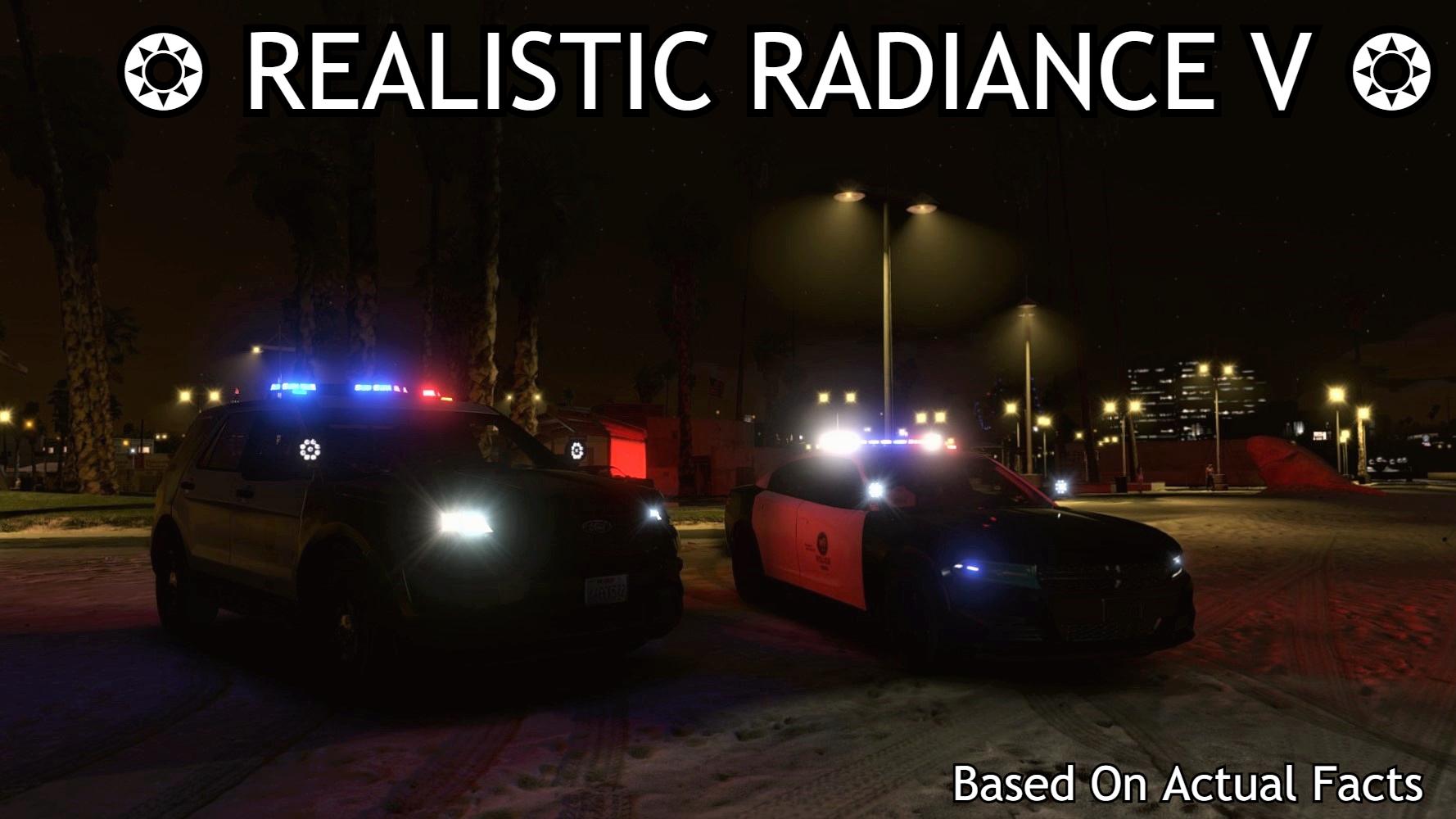

They found that one measured index was not repeatable and recommended that the same trained investigator always perform the measurements. To evaluate complexion radiance objectively, Petitjean and colleagues developed and evaluated an optical device that measured three radiance‐related indexes. They also applied this methodology to a cosmetic product to see whether it improved complexion radiance. Musnier and colleagues developed a methodology to evaluate complexion radiance based on trained assessors' ratings of skin colouring, luminosity, brightness and transparency. However, the model did not totally explain the global perception of skin radiance. For instance, Baret and colleagues proposed a mathematical model based on instrumental data to quantify the global radiance phenomenon. This is because skin radiance is a psychologically defined quantity, despite the fact that it is a type of optical skin reflection (or the psychologically determined category of this reflection). However, most previous studies on facial skin radiance focused solely on quantifying it based on physical quantities, rather than examining the effects of skin radiance on facial attractiveness. Such a preference for radiant skin could indicate a substantial link between facial skin reflection and affective impressions of faces, including attractiveness. shape, colour and texture), facial skin reflection could also influence affective impressions, including attractiveness, because according to consumer cosmetics magazines, for instance, consumers seem to have a tendency to use skincare and base makeup products to enhance their facial radiance, which is a particular type of reflection. In addition to the above‐mentioned visual features (i.e. With regard to visual features that influence impressions other than attractiveness, facial redness has been reported to enhance the healthy appearance of a face, whereas facial blemishes seem to convey the impressions of poor health and low competence.


Facial colour distribution and evenness of skin texture have also been reported to affect facial attractiveness. Many other studies also have reported that average faces are regarded as attractive. large eyes, thick lips and thin eyebrows). Baudouin and Tiberghien claimed that the female faces are considered attractive when they are symmetrical, close to the average in shape and have certain other features (e.g. What visual features affect facial attractiveness and other impressions when we see other people's faces? It is well known that the shape, colour and texture of the face influence facial attractiveness.


 0 kommentar(er)
0 kommentar(er)
